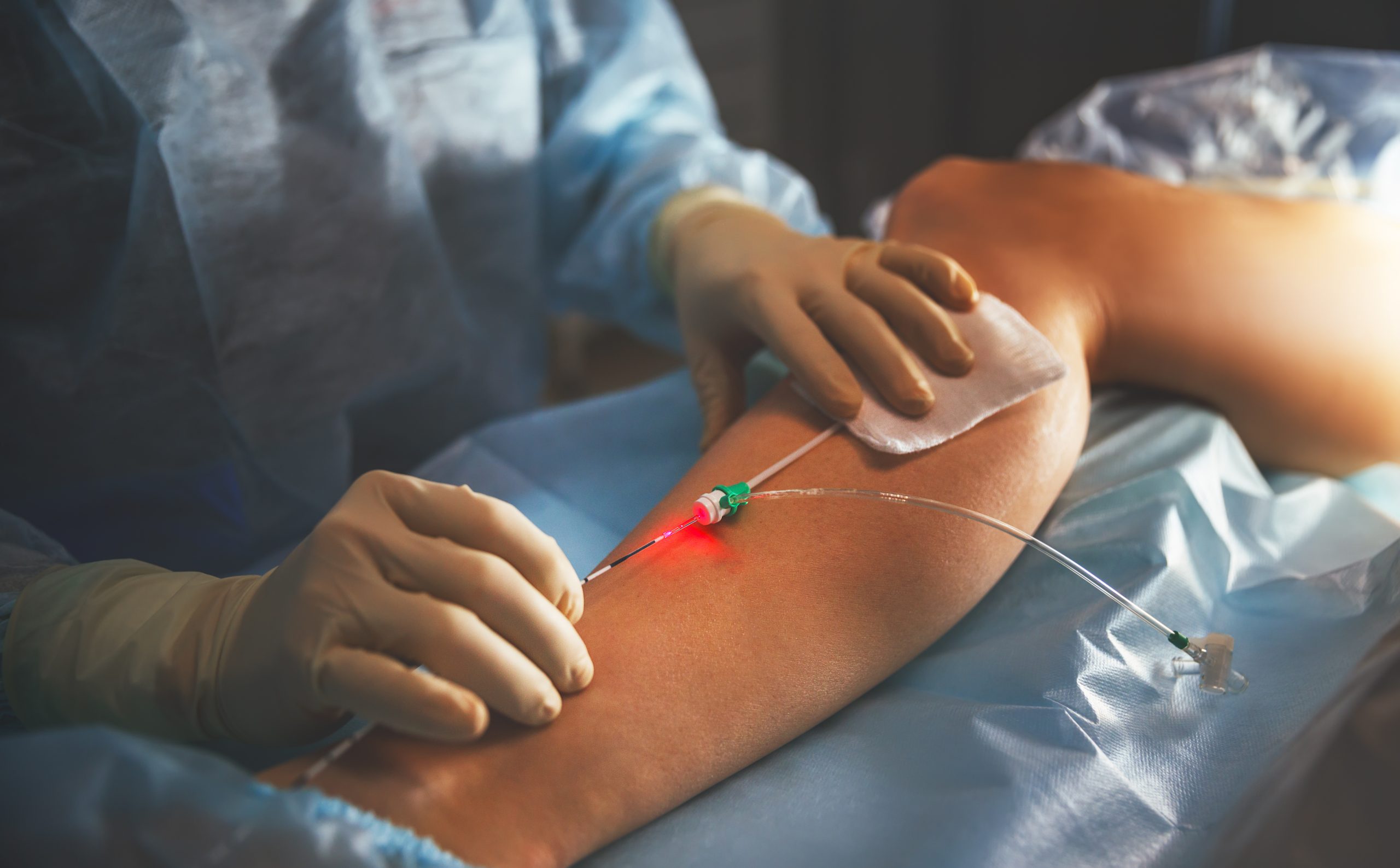Vein Disease
What is Vein Disease?
Vein disease, also known as venous insufficiency, refers to a condition where the veins in the body struggle to efficiently return blood to the heart. This can lead to a range of uncomfortable symptoms and, if left untreated, may result in more serious complications.
Varicose Veins
Varicose veins are larger and often bulging veins that occur deeper within the body. They primarily affect the legs and can lead to discomfort, pain, and even complications if not properly managed.
Spider Veins
Spider veins are small, superficial blood vessels that appear near the surface of the skin. They often resemble a web-like pattern, and while generally benign, they can be a source of cosmetic concern for many individuals.


How is Vein Disease Treated?
Treatment for vein disease varies depending on the severity and specific condition. Minimally invasive procedures like sclerotherapy and endovenous laser treatment (EVLT) are effective for both spider and varicose veins.
In more severe cases, surgical interventions may be recommended.
Vein Conditions & Treatment FAQ
BEFORE AND AFTER PHOTOS
Diagnosis and Treatment Options
Spotting vein disease is straightforward, but treatment varies based on severity and desired outcomes.
Professional Diagnosis
A vascular doctor or dermatologist usually diagnoses spider veins through a visual examination. In some cases, an ultrasound may be performed.
Sclerotherapy
A commonly employed treatment involves injecting a solution into the veins that causes them to collapse and fade.
Laser Therapy
This treatment uses light energy to destroy the vein, causing it to fade over time.
Endovenous Laser Treatment (EVLT)
For more prominent veins, EVLT uses laser fibers to treat the vein from the inside.
Stay Informed
Join our newsletter for the latest in vascular health, tips, and research findings.



